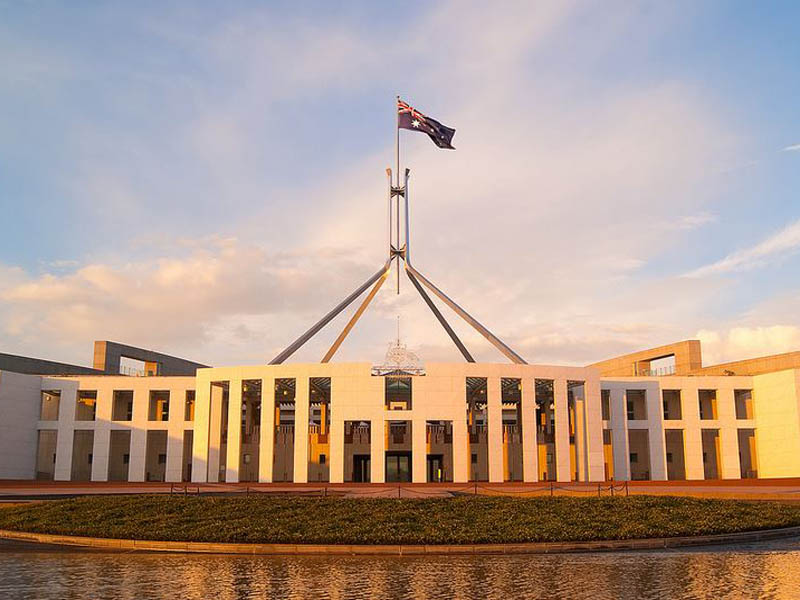The Albanese government is being urged to conduct a wholesale review of the country’s “overly bureaucratised and inefficient” R&D system and create a 10-year roadmap focused on arresting falling investment.
In a pre-Budget submission released on Wednesday, the Australian Academy of Science (AAS) said that following 20 years of declining investment, a review of the “decades-old settings” behind R&D was now urgent.
With investment weighing on productivity, the AAS said a new long-term R&D roadmap focused on targets and programs that cut across sectors would “create coherence and certainty and stimulate private sector expenditure”.
“Over time, ad hoc interventions, various departmental initiatives and overlapping state and Commonwealth priorities have led to a system that is spread over 176 programs and 14 federal portfolios, with multiple ministers and departments having key responsibilities,” the AAS said.
“The result: an overly bureaucratised and inefficient system lacking in scale. This is made worse because few programs, if any, fund the actual cost of research: scientists must secure multiple grants for the work that a single grant would cover in a fit-for-purpose system.
“This, in turn, has led to a distorted research funding model, where universities rely heavily on international student fee revenues to meet the real costs of research. This places much of Australia’s scientific capability at the mercy of highly contested international student markets.”

The Academy said the “stagnant” R&D system, left largely unchanged over more than 30 years, had created a “fundamental mismatch between Australia’s national aspirations and its approach to science”.
This is despite the “many recent reviews looking into aspects of the science and research sectors”, most recently the Australian Research Council review and the forthcoming University Accord final report.
The group said that without reform the country will be unable to respond to economic, social and environmental challenges or capitalise on international developments, including those driven by artificial intelligence and advanced manufacturing.
Australia already has one of the world’s least differentiated economies, according to the Harvard Economic Complexity Index, which now ranks Australia at 93 of 133 countries – behind that of Uganda.
“We lack the understanding of whether Australia has the right scientific capacity and capability to meet these challenges. Without a strong foundational expertise base, our responses to these challenges will be partial, weak, uninformed and wrongly focused,” the AAS said.
The group also noted the direct correlation between falling government investment and a lack of “incentive for business investment”, which was detrimental when the policy focus placed emphasis on research commercialisation.
With declining R&D investment, the AAS said the number of full-time researchers had also plateaued in recent years. A peak of 119,000 researchers was reached in 2014, but by 2020 had fallen to 117,000.
In a statement released alongside the submission, AAS president Professor Chennupati Jagadish said the “lack of a coherent and strategic approach” to R&D had left Australia with an “incoherent system band-aided to slow the bleeding but not to fix the problem”.
“Reversing the downward trend of government investment in R&D is not the work of any single budget. All levels of government, industry, universities, the research sector and philanthropy must play their part,” he said,
“But a national strategy, a roadmap, and a decade of commitment to boost investment in R&D is an essential start.”
Do you know more? Contact James Riley via Email.

